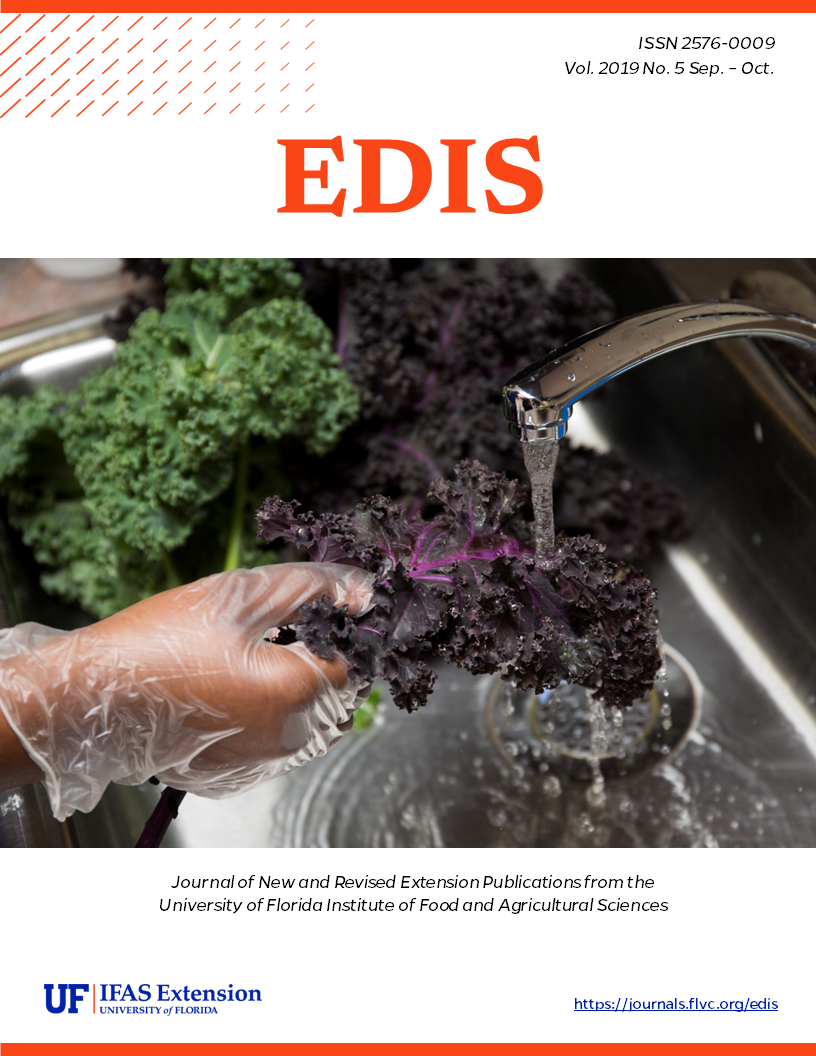Abstract
The marsh rams-horn, Helisoma (Planorbella) trivolvis (Say), is a species of air-breathing freshwater aquatic snail that is native to Florida. It belongs to the family Planorbidae, commonly known as the ramshorn snail, which comes from the shape of its shell.
https://edis.ifas.ufl.edu/in1234
Also published on Featured Creatures: http://entnemdept.ufl.edu/creatures/MISC/GASTRO/marsh_ramshorn.html
References
Baker FC. 1945. The Molluscan Family Planorbidae. Urbana, Illinois: University of Illinois Press. pp. 10-11, 17.
Burch JB. 1989. North American Freshwater Snails. Hamburg, Michigan: Malacological Publications. pp 41-44.
Fried B, Nanni TJ, Reddy A, Fujino T. 1996. "Maintenance of the life cycle of Echinostoma trivolvis (Trematoda) in dexamethasone-treated ICR mice and laboratory-raised Helisoma trivolvis (Gastropoda)." Parasitology Research 83: 16-19. https://doi.org/10.1007/s004360050200
Hung T, Stevenson T, Sandford M, Ghebremariam T. 2018. "Temperature, density and ammonia effects on growth and fecundity of the ramshorn snail (Helisoma anceps)." Aquaculture Research 49: 1072-1079. https://doi.org/10.1111/are.13556
Johnson PD, Bogan AE, Brown KM, Burkhead NM, Cordeiro JR, Garner JT, Hartfield PD, Lepitzki DA, Mackie GL, Pip E, Tarpley TA, Tiemann JS, Whelan NV, Strong EE. 2013. "Conservation status of freshwater gastropods of Canada and the United States." Fisheries 38: 247-282. https://doi.org/10.1080/03632415.2013.785396
Meepagala KM, Sturtz G, Mischke CC, Wise D, Duke SO. 2004. "Molluscicidal activity of vulgarone B against ram's horn snail (Planorbella trivolvis)." Pest Management Science 60: 479-482. https://doi.org/10.1002/ps.833
Mitchell AJ. 2002. "A copper sulfate-citric acid pond shoreline treatment to control the rams-horn snail Planorbella trivolvis." North American Journal of Aquaculture 64: 182-187. https://doi.org/10.1577/1548-8454(2002)064<0182:ACSCAP>2.0.CO;2
Norton CG, Johnson AF, Nelson BM. 2018. "The genetic basis of albinism in the hermaphroditic freshwater snail Planorbella trivolvis." American Malacological Bulletin 36(1): 153-157. https://doi.org/10.4003/006.036.0110
Paull SH, Johnson PT J. 2011. "High temperature enhances host pathology in a snail-trematode system: Possible consequences of climate change for the emergence of disease." Freshwater Biology 56(4): 767-778. https://doi.org/10.1111/j.1365-2427.2010.02547.x
Sturm CF, Pearce TA, and Valdes A. 2006. The Mollusks: A Guide to Their Study, Collection, and Preservation. Boca Raton, FL: Universal. 257 p.
Urban MC, Roehm R. 2018. "The road to higher permanence and biodiversity in exurban wetlands." Oecologia 186(1): 291-302. https://doi.org/10.1007/s00442-017-3989-y
Sturm CF, Pearce TA, and Valdes A. 2006. The Mollusks: A Guide to Their Study, Collection, and Preservation. Boca Raton, FL: Universal. 257 p.

